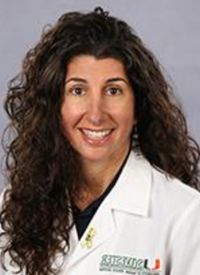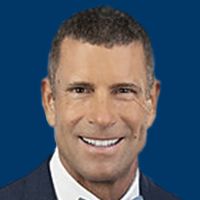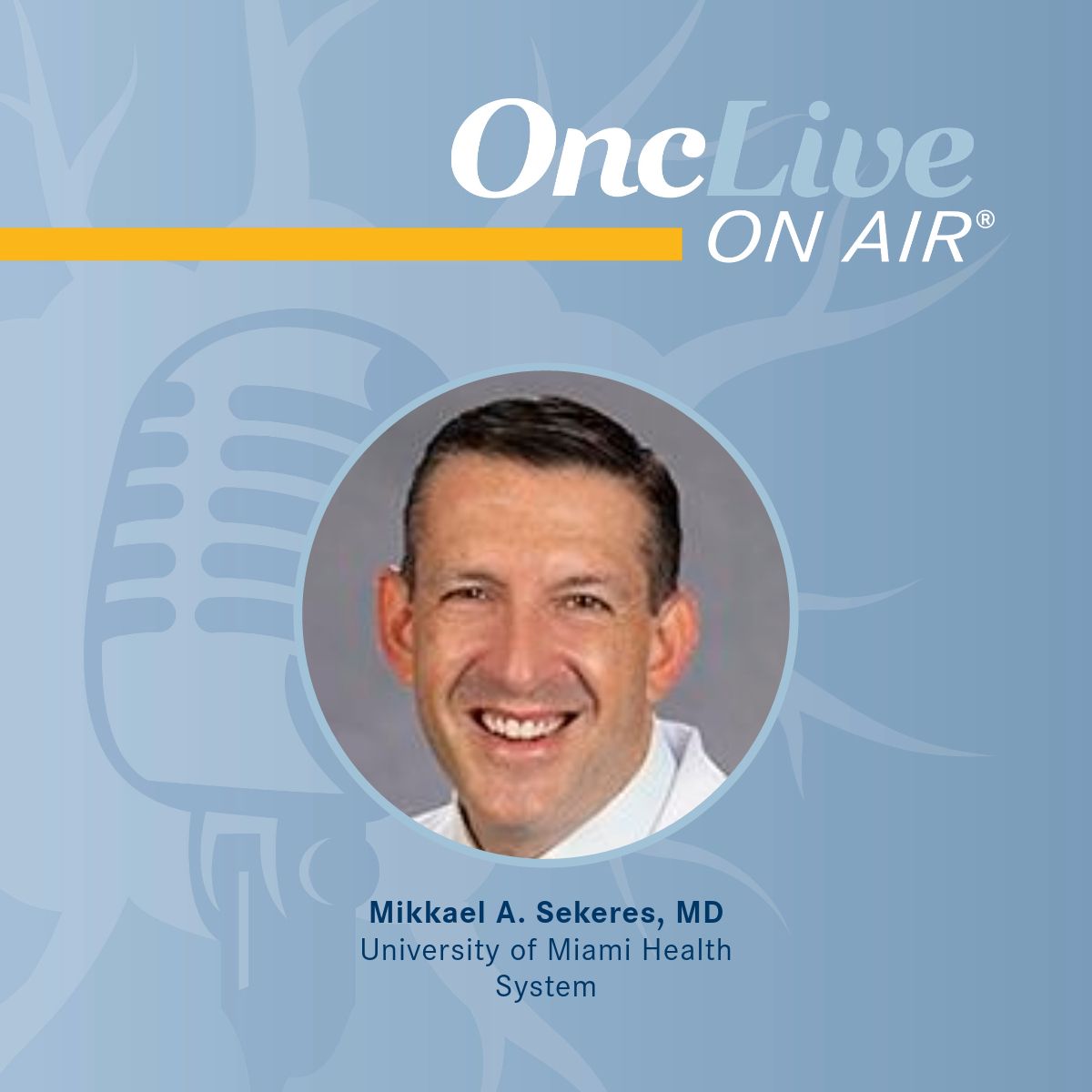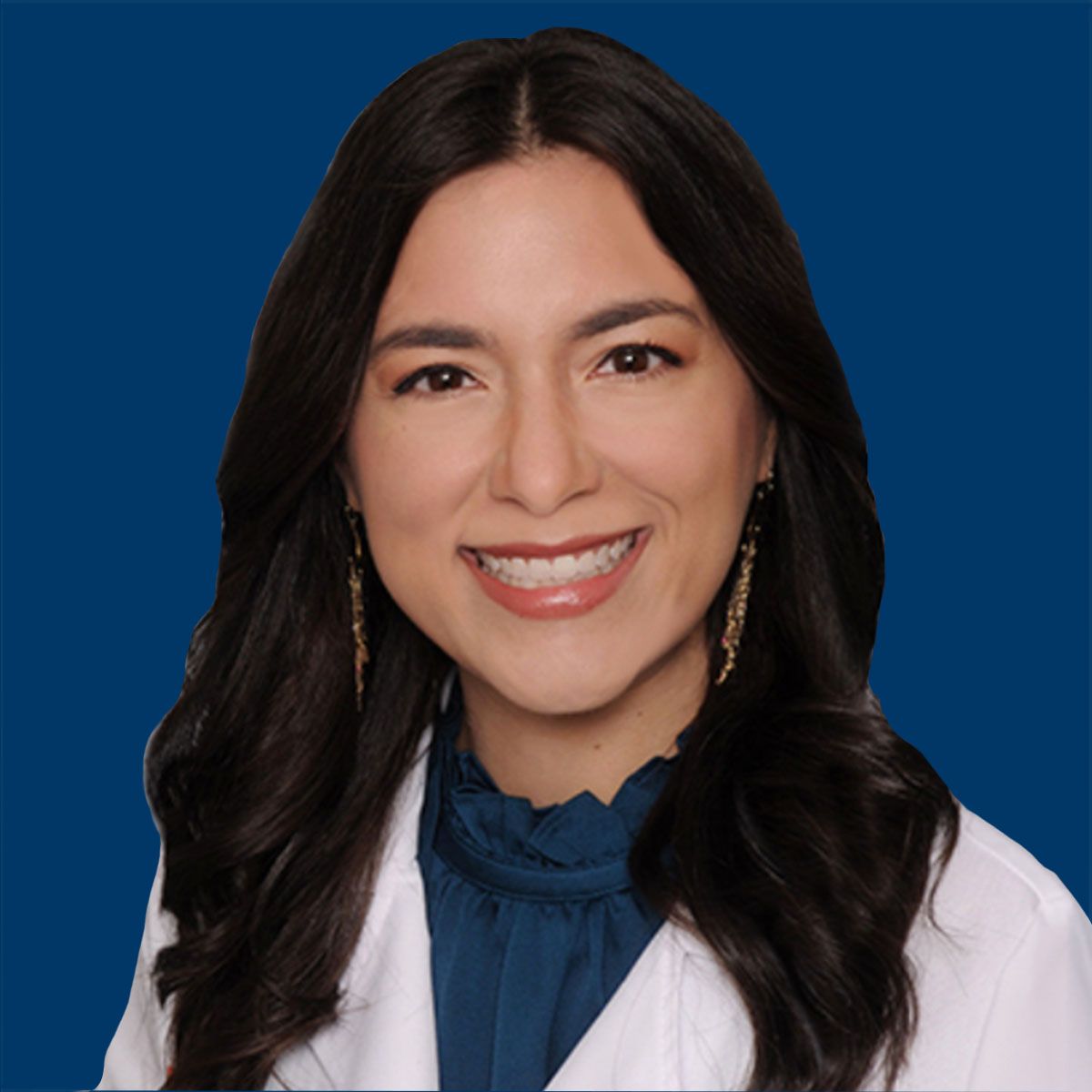Article
Sarcoma Expert Spotlights Ongoing Research Efforts in the Field
Author(s):
Gina Z. D'Amato, MD, discusses the evolution of treatment in sarcoma, the use of next-generation sequencing, and predictive and prognostic biomarkers under investigation in the space.
Gina Z. D'Amato, MD

Gina Z. D'Amato, MD
Though the use of next-generation sequencing (NGS) may not have immediate clinical implications for patients with sarcoma, it can provide valuable information for data collection and position patients for ongoing clinical trials that have the potential to push the needle forward, explained Gina Z. D'Amato, MD.
“There are over 170 different types of sarcomas. In the past, we've lumped these sarcomas together, so treatment outcomes have not been optimal,” said D’Amato. “As we’re learning more about the different subtypes and the different molecular processes that are involved in the oncogenesis [of the disease, we’re better able to] develop different targeted therapies.”
In an interview with OncLive, D'Amato, associate professor and assistant director of Clinical Research at Sylvester Comprehensive Cancer Center, University of Miami Health System, discussed the evolution of treatment in sarcoma, the use of NGS, and predictive and prognostic biomarkers under investigation in the space.
OncLive: How has research evolved in sarcoma?
D’Amato: A lot of promising research is ongoing in sarcomas. Over time, we've [started to] divide these sarcomas. Historically, [we just had] soft tissue and bone [sarcoma]. Now, soft tissue [sarcoma] is divided [into other subtypes].
A lot of research is being done on the molecular pathways [involved in the disease] to see what’s driving these tumors. Then, we’re taking that forward to the clinic to see whether the drugs that are being developed in other cancers can be effective in sarcomas.
Currently, the treatments that are FDA approved [for use in sarcoma] had been developed for other cancers. Now, we’re developing drugs specifically for sarcoma, one of the most impressive examples of which came from discovering the KIT mutation in 1998, which we now know is a driver mutation. Imatinib (Gleevec) was developed for [patients with] leukemia. Since it’s a KIT inhibitor, it was tested in gastrointestinal stromal tumor (GIST). Now, 20 years later, drugs are being developed specifically for [GIST] and the KIT receptor, so that we can [overcome] certain resistance mechanisms.
[Additionally, we know that patients with] tenosynovial giant cell tumor (TGCT) may have CSF aberration.
We have a new drug for [patients with] epithelioid sarcoma as well. As we move forward, we’re trying to pick these different tumors apart. For synovial sarcoma, [we’re looking at targeting] distinct chromosomal translocations. We’re also looking at checkpoint inhibitors. However, [checkpoint inhibitors] have [shown] modest [activity] in sarcomas. As we find other important molecules that inhibit the immune system, [we may be able to] combine these [agents] together or with chemotherapy; that’s very promising.
With the use of NGS, we can tease out other abnormal genes.
There are patients in my clinic with mismatch repair gene deficiencies, which we would normally associate with Lynch syndrome. The cancers that develop from Lynch syndrome are sarcomas that aren't listed. As we do more NGS and realize that sarcomas share these other mutations, [we can consider] whether we need to add sarcoma to the list of cancers that [can develop from] Lynch syndrome. There’s so much exciting [translational and clinical] research going on.
Should patients with sarcoma undergo NGS upon diagnosis?
There are different views regarding NGS; I am for NGS. Right now, the information we can get as far as treatment options are concerned is limited. But again, we can learn so much about the tumor. If we can collect these data over time, we can better understand sarcomas.
In terms of the timing of NGS, I would say it starts at diagnosis. We have seen as high as 15% discordance between pathologists making a diagnosis of sarcoma. If there's a question about the subtype, the pathologist can use NGS to help make the diagnosis. About one-third of soft tissue sarcomas will have reciprocal translocations, which you can test for with fluorescence in situ hybridization or NGS.
If [we’re working with] an expert sarcoma pathologist who feels they need molecular profiling, then we recommend [that they order it]. The type of NGS the pathologist orders depends on their institution. Some institutions have in-house testing and others don’t. Then, we’ll want to get RNA sequencing with Ascaris or FoundationOne’s hematologic panel. There are other companies out there. They’re all pretty good, but you have to make sure you're ordering the proper testing.
When could molecular testing impact treatment decisions?
Regarding treatment, [our use of NGS] will depend on the subtype. Different subtypes have different sensitivities to treatments. At the curative level—–stage I, II, and III––we’re still using standard surgery and radiation, with or without chemotherapy. [NGS] is unnecessary is those settings because we don’t have any data for adjuvant targeted therapies.
In my practice, I like to have a plan, a backup plan, and a backup plan for the backup plan for patients with metastatic disease. Once I’ve come up with a treatment option, I'm always thinking about the next step. We don't want patients treating themselves on the internet. I like to treat with the standard therapy that is approved because we have the data [to back it up]. However, I will also send for molecular profiling, so I have a backup plan if that therapy fails. If I think they have a particular subtype, such as leiomyosarcoma, I may not send for molecular profiling immediately because that subtype is sensitive to a number of chemotherapies; I know I have options.
If I’m treating a patient with more resistant disease, such as pleomorphic undifferentiated or clear cell [sarcoma], I will send for molecular profiling earlier. Usually, [molecular profiling] is helpful in later-line settings. You never know. You could get something like an NTRK mutation, although those are very rare. [I’ve sent out multiple samples], and I’ve yet to find a sarcoma patient [with an NTRK mutation], but I'm very hopeful that I [will be able to]. If I did, I would probably use an NTRK inhibitor rather than chemotherapy in certain patients.
If the patient is older, has a lower performance status, or a heart dysfunction, they may not qualify for standard first-line doxorubicin-based chemotherapy. In those cases, I may send for molecular profiling earlier.
We have the National Cancer Institute’s (NCI’s) MATCH trial and ASCO’s TAPUR trial, which are national cooperative group trials. I’ve been putting many patients on those trials based on their molecular profiling.
[Molecular profiling] is important because it can lead to the discovery of certain hereditary mutations, such as p53. Most sarcomas will harbor p53 mutations, so if a patient has a p53 mutation and has a history of cancer in their family, I’ll [send them to] a genetic counselor. [Molecular profiling] is very helpful in multiple aspects.
Is there a situation in which you would order liquid biopsy?
Liquid biopsy is very promising. We don’t have an in-house liquid biopsy test, so we use Guardant360. Right now, we use it mostly in GIST because they don't have a full panel for sarcoma; though, they’re working on it. If we can’t obtain a [tissue] biopsy, we’ll use the Guardant360 liquid biopsy upon progression. The yield is very accurate compared with [tissue] biopsies. You do have to have a lot of tumor burden in order to detect [an alteration], so it wouldn’t be [useful] in the adjuvant setting. Hopefully, we'll have the technology to be able to do that in the future. We are doing research regarding circulating tumor DNA [that may allow us to] develop more accurate [assays] for patients with lower tumor burden or even for those who don’t have radiographic evidence of disease.
Could you shed light on the MATCH and TAPUR trials?
The MATCH trial is supported by the NCI, and the TAPUR trial is sponsored by ASCO. Both trials are available [at the Sylvester Comprehensive Cancer Center]. The MATCH trial has been a work in progress, whereas TAPUR is a little newer, so [the investigators] have been able to work out some of the kinks. It's considered a basket trial. [The trial] has a list of about 15 different targeted therapies that are either approved for certain cancers or have been shown to be effective in phase II studies. It doesn’t matter what kind of cancer the patient has. If the molecular profiling shows that they have a certain mutation that a drug matches up with, then the patient would be eligible for the trial. Patients aren’t eligible for the trial if they haven’t [exhausted] at least one line of standard therapy. There are some exceptions to that [criteria]—for example, if there is no approved drug for that kind of cancer. Patients are not eligible for the trial if they have a mutation for which there is already an approved drug for. For example, a patient with breast cancer who has a PIK3CA mutation wouldn’t be eligible for the trial because alpelisib (Piqray) is already approved in that space. However, if a patient with sarcoma had a PIK3CA mutation, they could be eligible for an mTOR inhibitor in the TAPUR trial or a PI3K inhibitor in the MATCH trial.
The investigators are looking at responses. Before we had these trials, these NGS [platforms] were coming out, but a lot of physicians were treating off-label without collecting data. Now, we're able to collect the data to [truly evaluate the benefit of] these targeted drugs [in patients with specific mutations]. As we know, the NTRK inhibitors that have been FDA approved—–larotrectinib (Vitrakvi) and entrectinib (Rozlytrek)––are [tumor agnostic] and have shown very good responses in patients [who have the NTRK fusion]. We don’t know whether PI3K inhibitors will work well [in a patient with a PIK3CA] mutation or how well the mTOR inhibitors will work [if the patient has an] upstream [mutation].
We’re going to learn so much from these trials. In terms of other eligibility criteria, patients have to have a good performance status. They have to have enough energy to walk to the clinic and get treatment. If the patient is bedridden, [those treatments] may do more harm than good.
How might this shift toward precision medicine impact the paradigm?
Chemotherapy is very effective in a lot of sarcomas, but it’s very toxic. If we can better understand what’s driving the cancer, we can get away from chemotherapy. There are specific types of chemotherapy and sarcomas that are sensitive to them, but chemotherapy is also nonspecific in that it’s just targeting cell division. If we can really understand what's happening at the molecular level, [we can develop] targeted therapies that are more specific to the cancer cells rather than the normal cells. This could lead to better outcomes and less toxicity, which is the ultimate goal.
My ultimate goal is to get everybody on a targeted therapy that has limited adverse events. We’re at the forefront of precision medicine now. We're going to have some huge waves. I don't think we're going to be able to eliminate [the use of] chemotherapy anytime soon in sarcomas. However, we do have hope that with precision medicine, we will be able to eliminate the need for chemotherapy.
Could you highlight the importance of collecting data to further this effort?
For years, we've been saying that we need to be collecting all of this information. I've been treating [patients with] sarcomas for 17 years, so I have this whole database in my head. However, there hasn't been very good data collection over the years. Now, we're starting to collect this information. There's an angiosarcoma registry. Corrie Painter, PhD, is a patient and created this angiosarcoma group and has been able to collect patient information that way.
A lot of the GIST groups have been able to collect some data, The Life Raft Group in particular, through patients. We are trying to work on some collaborative measures through institutions, but it’s still something that needs to be spearheaded. It would be ideal if we could put every patient who comes in our door [into] the system in order to collect data.
For example, there’s still controversy regarding the use of adjuvant chemotherapy for patients with stage III soft tissue sarcoma. However, if every institution collected data [on these patients], we could [determine the optimal treatment approach for them].
Is there anything else you want to emphasize?
I'm on the board of Sarcoma Alliance, which is a patient advocacy group. One of our key mottos is to make sure that patients are treated by a multidisciplinary center with expertise. It’s not just the medical oncologist who’s seeing the patient; there are surgeons, radiation oncologists, interventional radiologists, plastic surgeons, and orthopedic oncologists.
Over the years, I've seen major advances in sarcoma. I'm very hopeful for my patients that with newer treatments and a better understanding of the disease, we're going to make even more of a breakthrough than we already have.









